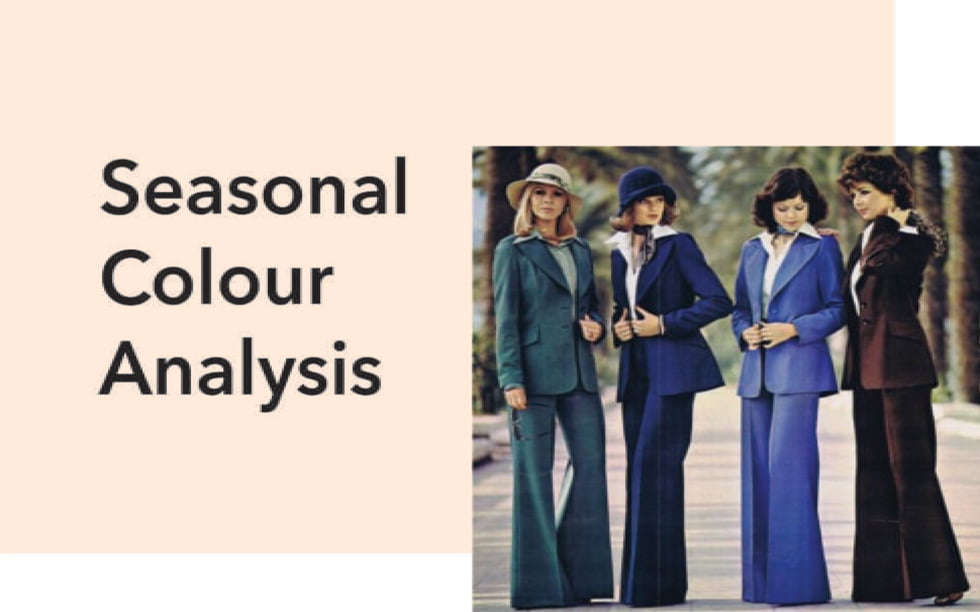
Have you ever noticed how some colours you wear bring you down, while others highlight all your best features? How a simple addition of a certain splash of colour captivates the senses leaving you to appear with radiant skin, fuller eyes, and a glowing smile?
All of this can be attributed to the different colours that you wear and how they interact with your skin tone, eye colour, and hair colour. These colours that have you feeling and looking your best are a designated group that fall into one of four seasons; summer, autumn, winter, and spring. Each individual fits into a specific season based on these aspects mentioned above.
What is Colour Analysis?
Seasonal colour analysis applies proven techniques to discover what colours accentuate your natural beauty. We explore your skin tone, eye colour, and hair colour to reveal your colour season. Each season comes with a colour palette designed to harmonize with your features.
All of this is done to educate each individual to make choices that work for them. When investing in clothing it is important to choose pieces that emphasize and compliment your natural colours which is what makes a colour harmonious.
How Does it Work?
The main proponent of this analysis is skin tone because of its consistency as a staple to our identifying features. Hair colour is a factor we take into consideration, but people may dye their hair throughout their life, weakening hair colour’s reliability for our analysis.
Eye colour is more likely to be consistent throughout time, but its effect on what colours work is lesser than skin tone because eye colour accounts for a small portion of the colour on your body whereas skin tone covers your entire body. Therefore, it is important for what ever is worn, to compliment your skin tone because it is something that cannot change making skin tone the greatest determinant for our analysis.
How is Skin tone Measured?
Hue & Undertone/Temperature
Hue are the colour families which are known as green, blue, red, etc. Each colour falls on a continuum that is expressed as cooler or warmer. This is defined as the undertone or temperature.

Reds, yellows, and oranges are perceived as warmer, while blues, greens, and purples are cooler. Although, this is a general understanding, there are cool and warm shades for each hue.
Yellow is the extreme for warmth and blue is the extreme for coolness. Warmer skin tones have yellow undertones, while cooler skin tones have blue undertones. Therefore, yellow based colours are warm and blue based colours are cool.
A good way to remember this would be to relate the colour yellow to the Sun and its warmth and blue to the night sky and the coolness that accompanies it.
Aside from warm and cool there is neutral which accounts for hues that are imperceptible. Green and red are examples of this because green is made from yellow and blue. Red is made of neither yellow or blue. In green we can see that yellow and blue have cancelled each other out, whereas in red neither are present and so both colours classify as neutral.
Conclusion
Here was a quick breakdown of how we approach colour analysis and why it is important to know your seasonal colour. Stay tuned for more comprehensive breakdowns of colour analysis and how you may get one step closer in discovering your unique style.

